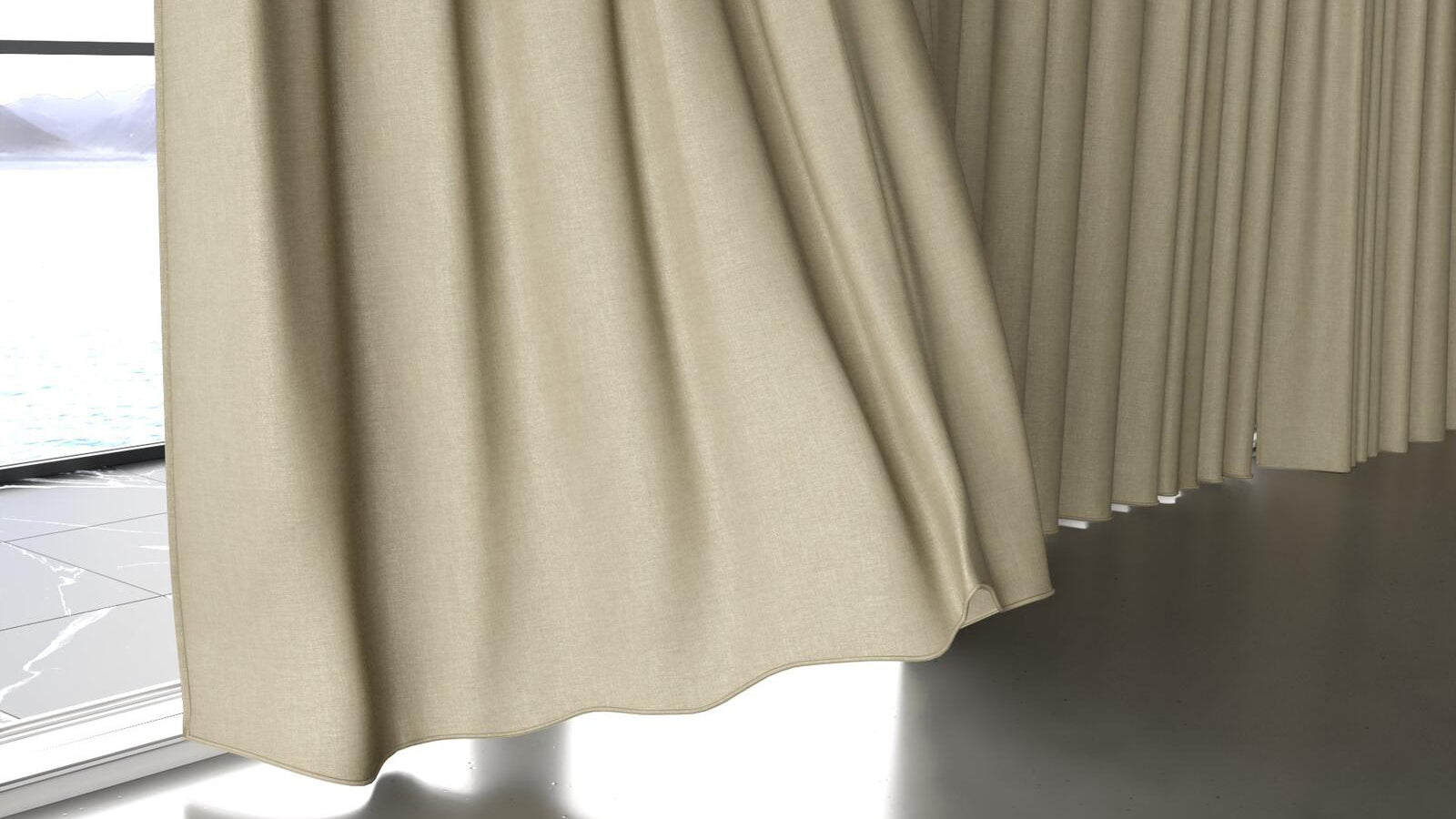
Your guide to breathable fabrics
Your guide to breathable fabrics
The term "breathability" describes a fabric's capacity to take in moisture and release it through the material itself, allowing it to "breathe." Maximizing comfort and dryness, breathable fabrics transfer body sweat away from the body.
When reading labels and product descriptions, keep an eye out for these materials that come frequently as blends.
Cotton
Cotton may have been already known to be breathable. In fact, one of the most breathable textiles is cotton. It is not only durable and soft, but also breathable
Polyester
Polyester, on the other hand, is entirely made of synthetic fibers. Every small fiber of polyester, which is manufactured from petroleum byproducts, is virtually solid plastic. You may assume that this does not allow for simple airflow.
That said, polyester also wins a lot of contests for breathability, unless it comes with extra backing which will block some of the airflow.
Linen
Large fibers and an open weave make linen, a fabric derived from the flax plant, a breezy summer essential. It is simple to maintain but prone to wrinkles.
Silk
Silk is woven with extremely tiny threads that permit a comfortable amount of air to pass through. In chilly weather, these insulating invisible air pockets keep you warm and offer cooling comfort in the heat!
Viscose
Viscose, a type of rayon, is renowned for being incredibly breathable. The ultra-thin fibers of viscose contribute to its exceptional breathability. These fabrics need more maintenance than other items made of breathable textiles on our list, unfortunately, because the mentioned fibers are so fragile and resist washing. Viscose is not really washable except by dry clean.
Wool
Wool is often used for winter but it can also be a good summer textile. It can sometimes feel scratchy; nonetheless this natural material breathes well, wicks moisture and doesn't retain odours as synthetic fabrics do.